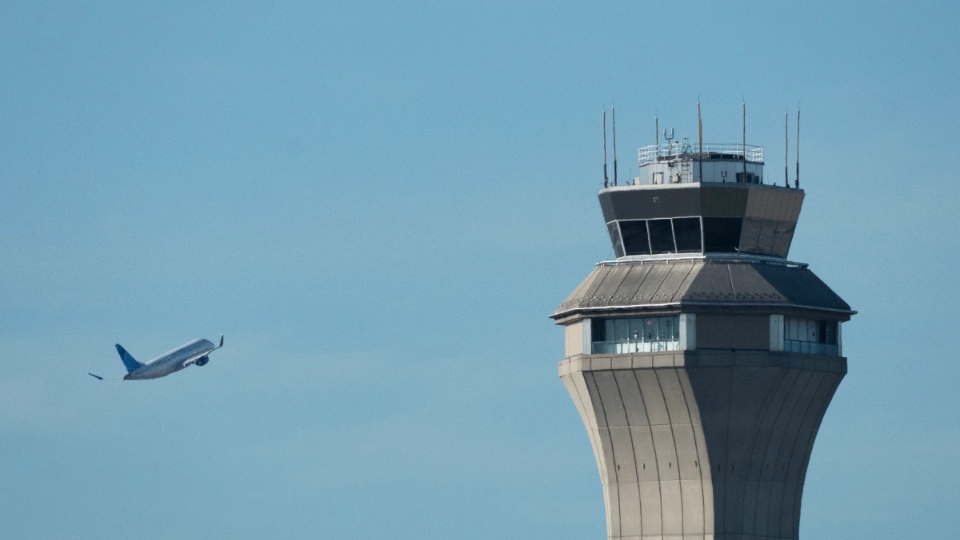US air travel faces major disruptions amid government shutdown
প্রকাশ: বুধবার । অক্টোবর ০৮, ২০২৫

Dhaka: Air travel across the United States has been severely affected as the ongoing government shutdown deepens existing air traffic control staffing shortages. The Federal Aviation Administration (FAA) confirmed on October 6 that multiple air traffic facilities nationwide are struggling with reduced staffing levels, leading to significant delays and cancellations.
Airports including Newark Liberty International (EWR) and Denver International (DEN) reported average delays of more than 30 minutes, while Hollywood Burbank Airport (BUR) was left without tower controllers for nearly five hours. During that time, operations had to be managed remotely by Southern California’s TRACON facility.
Staffing shortages, rising delays
Transportation Secretary Sean Duffy acknowledged that a rise in air traffic controllers calling in sick—typical for this time of year—has compounded the problems triggered by the shutdown. He warned that the situation could worsen if the FAA continues to reduce arrival rates in order to prioritize safety.
“If there are issues in the tower that affect controllers’ ability to manage airspace safely, we’ll slow arrival rates,” Duffy said in a statement to NPR. “That means more delays—and possibly cancellations.”
The controllers’ unions have called for an immediate end to the shutdown, citing exhaustion and growing workloads among staff. Many controllers are currently working without pay, which experts say could further strain morale and compromise operational efficiency.
Ripple effects across nation
With the FAA forced to slow traffic flow to maintain safety, flight schedules have become increasingly unreliable. Ground delays at major hubs like Newark and Denver are already causing nationwide ripple effects, leading to missed connections and tighter rebooking windows.
Some air traffic control towers may temporarily “go dark,” meaning traffic will be managed remotely—a measure that maintains movement but adds risk if visibility or communication becomes compromised. Passengers are advised to plan for longer layovers and check flight status updates through their airline’s mobile apps.
Impact on rural air service
The shutdown also threatens funding for the Essential Air Service (EAS) program, which subsidizes air travel to rural and remote communities. A prolonged lapse could disrupt connectivity for smaller towns that rely on federal support to maintain regular air service.
Passenger rights, rebooking options
Travelers affected by delays or cancellations are typically entitled to rebooking under airline policies. Depending on the carrier, passengers may also request meal or hotel vouchers and inquire about interline agreements for rerouting. Those flying to smaller markets could face greater uncertainty as service interruptions spread.
Industry outlook
Aviation experts warn that the shutdown is undermining every level of the industry — from regulatory operations and safety oversight to essential services. Although the FAA has implemented measures to preserve flight safety, the growing pressure on a reduced workforce is not sustainable.
“Having fewer controllers working without pay creates a volatile situation,” one industry analyst said. “Even if no immediate safety incidents occur, the cumulative stress and fatigue will have long-term consequences.”
Major airports are expected to see continued congestion and longer wait times until the shutdown ends. The aviation industry, already stretched thin by staffing challenges and infrastructure demands, is now calling for swift government action to restore stability to the system.
